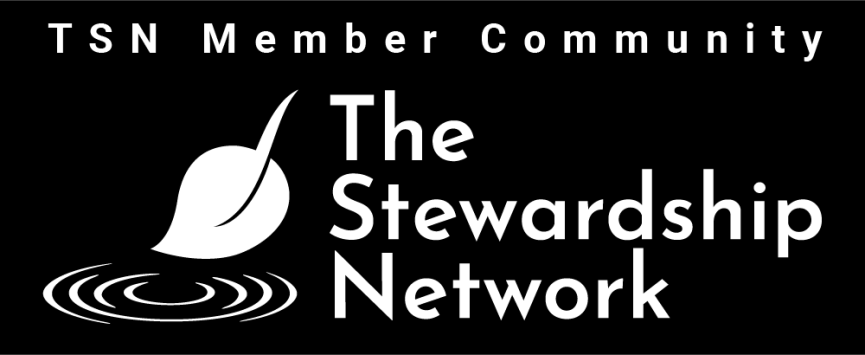Progress Towards Cutting Green Tape
The table below provides an update on progress towards recommendations from the 2020 report, Cutting Green Tape: Regulatory Efficiencies for a Resilient Environment. You can also learn more about Cutting Green Tape here.
Done! – Recommendation has been implemented as suggested in the 2020 Cutting Green Tape report
Otherwise Addressed – The recommendation was not implemented as written in the 2020 Cutting Green Tape report, but similar outcomes have been
achieved through other pathways
In Progress – Work to implement this recommendation is underway
Not Started – No action has been taken to implement this recommendation
- EFFICIENCIES FOR SMALL-SCALE PROJECTS
-
Status Recommendation Details Done!

1. Clarify the eligibility of projects that qualify for the CEQA Class 33 categorical exemption. Completed through Secretary Crowfoot’s January 7, 2021 memo “Cutting Green Tape Report Implementation.” Otherwise Addressed

2. Change the CEQA Class 33 categorical exemption eligibility to include larger terrestrial and upland restoration projects. Many of the challenges that led to this recommendation have been addressed through legislation that created the Statutory Exemption for Restoration Projects (SERP). The SERP process is significantly more comprehensive than what was proposed and does not have a size limit for projects. However, because it requires CDFW concurrence, it can be more complex and time-intensive. Not Started

3. Amend the 401 General Water Quality Certification Order for Small Habitat Restoration Projects (SHRP) to (a) be consistent with Class 33 CEQA size limits and (b) include “Waters of the State.” General Order renewal was originally slated for 2020 but was put on hold while the State Board completed the Statewide Restoration General Order and PEIR (Recommendation 6). Otherwise Addressed

4. Explicitly include incidental take of fully protected species during the HREA renewal in 2021. CDFW has developed a different approach to address the challenge behind this recommendation. Their Restoration Management Permit (RMP) provides streamlined incidental take authorization for Fully Protected Species. Not Started

5. Allow voluntary restoration projects to be eligible for HREA and SHRP, regardless of funding source. - EFFICIENCIES FOR LARGER-SCALE PROJECTS
-
Status Recommendation Details Done!

6. Develop the 401 General Order and Waste Discharge Requirement (General Order) for aquatic restoration projects and certify the associated Programmatic Environmental Impact Report (PEIR). On August 16, 2022 the State Water Resources Control Board adopted the Order for Clean Water Act Section 401 Water Quality Certification and Waste Discharge Requirements for Restoration Projects Statewide (General Order) and certified the supporting Program Environmental Impact Report (PEIR). Both documents can be found here. Otherwise Addressed

7. Create companion efficiencies in the Fish and Game Code to the General Order for aquatic restoration for larger-scale projects. New efficiencies underway utilize existing code rather than creating new ones. CDFW’s CGT team has created two new tools to expedite CESA and Fully Protected Species compliance for restoration projects: the new RMP (noted above) and Restoration Consistency Determinations. In addition, they have recently begun a new Lake and Streambed Alteration Agreement form/process as a companion to the new State Board General Order that has yet to be released. Also, CDFW has been coordinating with the State Water Resources Control Board to help project proponents determine whether to comply with CEQA utilizing the Categorical Exemption (Recommendation 1), the new Statutory Exemption (Recommendation 2) or the new Programmatic EIR for the General Order (Recommendation 6). Otherwise Addressed

8. Amend CEQA to allow categorical exemptions for regulatory agencies utilizing construction activities to protect natural resources and the environment. Subsumed to a large degree by SERP. Not Started

9. Extend programmatic permits for the Fisheries Restoration Grant Program (FRGP) to fisheries restoration projects not funded by FRGP. Not Started

10. Develop a CEQA-equivalent certified regulatory program for landscape-scale restoration However, there are other CEQA efforts underway to support landscape-scale work such as California’s Vegetation Treatment Program EIR, the General Order EIR referenced above, and some landscape scale permitting efforts (e.g., Lake Tahoe Basin and Redwoods Rising). - EFFICIENCIES FOR THE COASTAL ZONE
-
Status Recommendation Details Not Started

11. Exercise Coastal Commission authorities to advance restoration consistent with efficiencies authorized by SWRCB, CDFW, and CEQA. - EFFICIENCIES TO ENHANCE STREAMFLOW AND RECHARGE GROUNDWATER
-
Status Recommendation Details Not Started

12. Identify and advance beneficial projects involving changes to water rights. - SIMPLIFYING PERMIT APPLICATIONS
-
Status Recommendation Details Not Started

13. Develop a single permit application for projects that are eligible for both HREA and SHRP.
Contact Us
Email us:
Our mailing address is:
California Landscape Stewardship Network
6831 Gladys Avenue
El Cerrito, CA 94530


